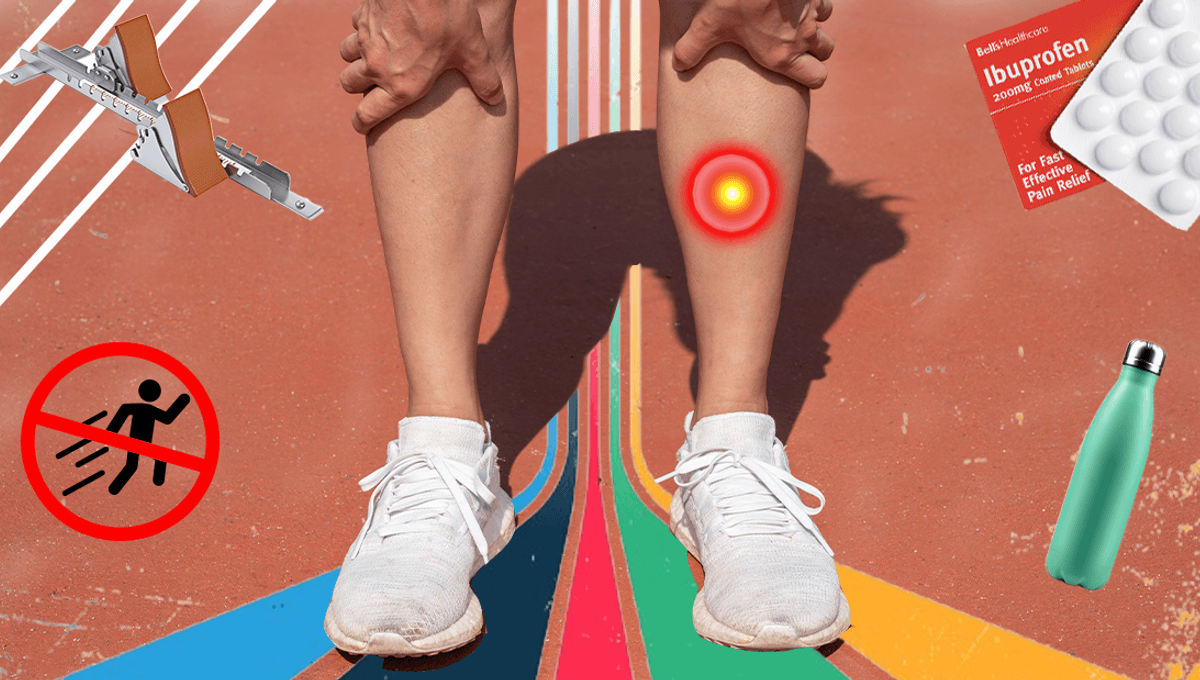
Whether you’re a marathon runner or have just thrown yourself into a new kind of exercise, there’s one common injury that everyone wants to avoid: shin splints. They might not be serious, but they are painful – so what causes them, and what can be done to treat or even avoid them entirely?
What are shin splints?
Definition and symptoms
“Shin splints” is the common term for pain or tenderness along or behind the tibia, the bone that forms the shin – the medical term for this is medial tibial stress syndrome.
Some people might feel the pain on the front and outside of the shin when their heel hits the ground, while others may find the pain starts inside their lower leg and gets worse when standing on their tiptoes or rolling their ankle inward.
When people with shin splints exercise, pain can pop up during the start of activity and gradually ease off, or it might continue throughout and then ease after rest. However, in some more severe cases, pain can continue after you stop working out or even occur without exercising.
Causes
The pain experienced with shin splints is the result of inflammation of the muscles, tendons, and layers of tissue covering the bone. This is caused by exercising particularly hard or repetitively, putting stress on the tissues.
It can be more likely to happen if someone has suddenly changed the frequency, duration, and intensity with which they exercise, but other factors like having flat or rigid arches, lack of strength, poor running technique, the wrong footwear, or exercising on hard surfaces can all play a role.
Diagnosis
To determine if someone has shin splints, doctors take a look at their medical history and do a physical exam. That’s usually enough to diagnose, but it’s not always clear; similar pain might also be caused by a stress fracture, for example.
In this case, medical imaging like MRIs, bone scans, and X-rays can help to determine what’s going on.
Can shin splints be prevented?
One of the main ways to prevent shin splints is to wear proper footwear – that means they should fit well, be suited to the activity that they’re being used for, and not be worn out. If the soles are starting to look a bit tired, it’s probably time for a new pair.
Shin splints might also be prevented by taking a gradual approach to exercise, gradually increasing the frequency, intensity, and duration of the activity step by step, rather than making any sudden changes. It could help to switch between high and low-impact activities too, for example, taking a day off from running and going for a bike ride or swim instead.
How are shin splints treated?
In the unfortunate event that someone does end up with shin splints, the best course of treatment will depend on them as an individual. However, one of the key approaches is usually rest – and plenty of it. That means not doing the activity that caused the shin splints in the first place.
That being said, people will more than likely need or want to get up on their feet at some point. When that’s the case, it’s important to put on the right footwear; shoes should fit well and be supportive, with good cushioning to boot. Some people might also benefit from orthotics, a type of supportive shoe insert that helps to take the strain off the shin.
To treat the pain, anti-inflammatory medications like ibuprofen might be used, as well as ice or cold packs (though these shouldn’t be placed directly on the skin – ice burns are the opposite of fun).
It’s also often recommended to do some gentle exercises for strengthening, stretching, and flexibility – that might include activities like yoga or swimming.
All “explainer” articles are confirmed by fact checkers to be correct at time of publishing. Text, images, and links may be edited, removed, or added to at a later date to keep information current.
The content of this article is not intended to be a substitute for professional medical advice, diagnosis, or treatment. Always seek the advice of qualified health providers with questions you may have regarding medical conditions.
Source Link: Shin Splints: What They Are And What To Do About Them